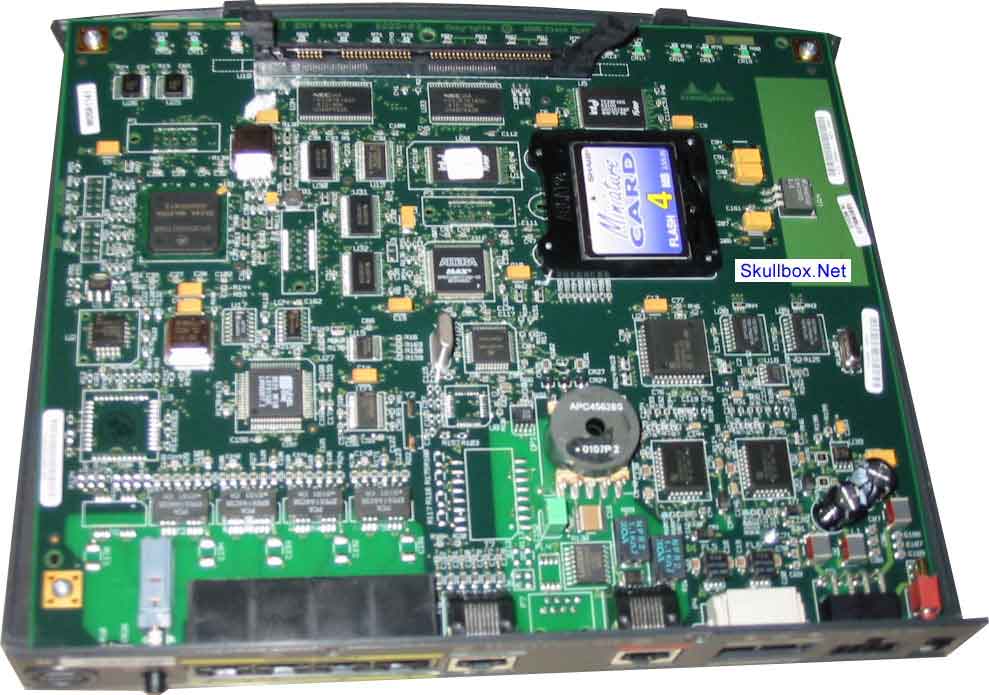

- #HYPERTERM FOR WINDOWS 2008 TO CONFIGURE CISCO SERIAL NUMBER#
- #HYPERTERM FOR WINDOWS 2008 TO CONFIGURE CISCO MANUAL#
- #HYPERTERM FOR WINDOWS 2008 TO CONFIGURE CISCO UPGRADE#
- #HYPERTERM FOR WINDOWS 2008 TO CONFIGURE CISCO SOFTWARE#
The boot register is formatted with the most-significant bit on the right, as illustrated by Figure 1-9. 16384K bytes of processor board System flash (Read/Write) Configuration register is 0x2101 router(boot)# 32K bytes of non-volatile configuration memory.
#HYPERTERM FOR WINDOWS 2008 TO CONFIGURE CISCO SERIAL NUMBER#
Processor board serial number 03071163 with hardware revision 00000000 X.25 software, Version 2.0, NET2, BFE and GOSIP compliant.
#HYPERTERM FOR WINDOWS 2008 TO CONFIGURE CISCO SOFTWARE#
Compiled Tue 24-Oct-95 15:46 by mkamson Image text-base: 0x01020000, data-base: 0x00001000 ROM: System Bootstrap, Version 5.2(8a), RELEASE SOFTWARE router uptime is 34 minutes System restarted by power-on Running default software cisco 2500 (68030) processor (revision L) with 14332K/2048K bytes of memory. Example 1-6 The show version Command, with a Boot Register Set to Boot to ROM, 0x2101 router(boot)# show version Cisco Internetwork Operating System Software IOS (tm) 3000 Bootstrap Software (IGS-RXBOOT), Version 10.2(8a), RELEASE SOFTWAR E (fc1) Copyright (c) 1986-1995 by cisco Systems, Inc. Example 1-6 demonstrates the show version command. The boot register is displayed at the bottom of the text. To display the boot register, key in the show version command. Performing maintenance testing from the ROM monitorīecause the boot register represents the "keys" to your router, it is important to explain the entire register rather then covering just bit 6.
#HYPERTERM FOR WINDOWS 2008 TO CONFIGURE CISCO MANUAL#
Some other uses of the boot register include the following:Įnabling or disabling the console Break keyĪllowing manual boot of the OS using the B command at the bootstrap program (ROM monitor) promptĬhanging the router boot configuration to allow a Flash or ROM boot This is perhaps the most common use of the register. During password recovery, bit 6 is set to ignore NVRAM on startup.

The boot register, actually bit 6, is the bit that you flip when you change the register from 0x2102 to 0x2142 during password recovery. And, for the most part, it is the same register on all Cisco routers, sometimes masked in a utility called CONFREG.Īnother common example of using the boot register is during password recovery. It is the same register that is found in the Catalyst switches in 2001. For example, this is the same register that was set by jumpers on the AGS series routers in the early 1990s. The 16-bit register is located on almost every Cisco platform in one variation or another. I think that one of the best-kept secrets of Cisco routers and switches is the 16-bit boot register. Gaining Privileged Access: The 16-Bit Boot Register You will also learn about the use of route generators. This includes setting up Microsoft Windows networking and configuring network protocols such as TCP/IP, IPX, and Net BEUI. Configure test applications and test networks. This will require only minor cable movement, though, so your primary focus will be on the initial configuration of a Frame Relay switch and its permanent virtual circuits (PVCs). Every model will require slightly different LAN and WAN configurations. This includes configuring an access server and configuring analog dialup access to the lab. Configure local and remote access to the model. This includes copying a new IOS image to Flash memory.
#HYPERTERM FOR WINDOWS 2008 TO CONFIGURE CISCO UPGRADE#
Upgrade the Cisco IOS Software to the model's requirements. This includes using and modifying the 16-bit boot register to gain privileged level access to a router's configuration. Gain privileged level access to devices in the model. There is a logical process to go through when constructing this initial framework: Step 1. From this framework, you build and design many models, making only subtle changes to the network topologies.

Thus, your framework for most models consist of routers, hubs, a Frame Relay switch, an access server, and a couple of workstations. You also need a device for local or remote access to the model, along with a test application to run or test the model. Most models involve one or more LANs and WANs ”of course, routers and hubs are needed for this. Building the Framework for Internetwork Modeling ”Configuring Key ComponentsĮvery model that you construct in this book starts from a similar framework.


 0 kommentar(er)
0 kommentar(er)
